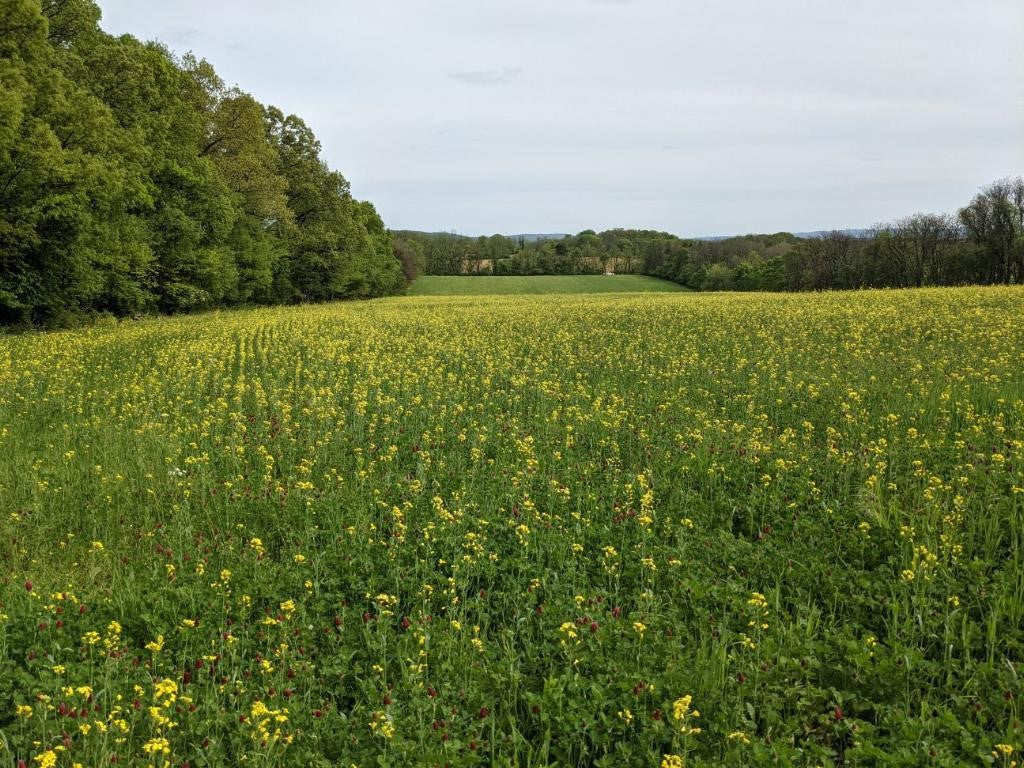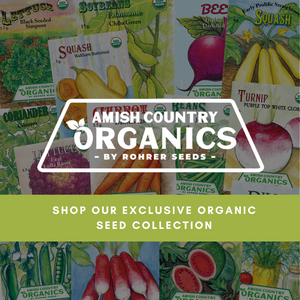
Top 8 Ways that Cover Crops Improve Soil Health
Cover crops have so many amazing benefits and are an essential part of soil health. Even so, you may be asking yourself, why does it matter to me? Even if you are not a farmer or gardener, understanding that the use of cover crops can make a huge difference in the overall health of our environment is extremely important. The unique ability of cover crops to protect and improve our soils, not only benefits whoever is growing in that soil, but also improves the quality of the food produced, and the health of surrounding ecosystems. Keep reading to find out the top ways that you can use cover crops to build soil health!
Adding Organic Matter
Cover crops add organic matter to your soil! Whether you choose to till them in, mow them off, or leave them in the ground, they have the benefit of adding beneficial organic matter. Organic matter is anything derived from a living organism, that when fully decomposed, can give soils a stronger ability to hold both water and nutrients.
Attracting Pollinators
Many covers, such as clover and hairy vetch, have bright blooms that draw in pollinators of all kinds including bees, butterflies, birds, and many more! Pollinators are an essential part of our ecosystems and without them, we could not survive. As pollinator populations continue to decline, we must provide them with habitats that allow them to thrive!
Improving Microbial Health
Cover crops improve the microbial health of your soil! Soil microorganisms are an essential part of how soil functions. Bacteria, fungi, algae, and several other forms of microorganisms are a crucial part of the interactions taking place in soil and can greatly influence soil fertility.
Protecting Against Erosion
Cover crops are a great way to protect your soil from erosion. Using cover crops in your garden between growing seasons, or on any bare ground, is an essential part of preventing soil erosion. Both the foliage above ground and the roots in the soil are a key part of keeping valuable topsoil where it needs to be.
Soil Aeration
Many cover crops, such as tillage radishes and winter rye, have the unique ability to aerate the soil! Soil aeration is a process that provides air underground, by moving it between soil pores and the atmosphere. This system is crucial as it prevents crops from being starved of the oxygen they need to grow. Soil aeration is also extremely important as it improves soil’s ability to hold water within the root zone.
Fixing Nitrogen
Legumes such as clover, hairy vetch, and field peas all have the unique ability to convert atmospheric nitrogen into nitrogen in the soil that can be utilized by plants. This process is made possible due to the interactions between root nodules on the plant and soil bacteria called rhizobia! This is important as it gives us the ability to utilize atmospheric nitrogen rather than applying synthetic fertilizers.
Suppressing Weeds
Cover crops have the unique ability to suppress unwanted weeds. Weeds are natures way of covering the soil, so when we plant a cover crop, we are controlling that process. A few examples of when you can use cover crops to prevent weeds include utilizing them between your garden rows during the season, or on the entire garden in the spring or fall when you are not actively gardening.
Controlling Pests
While this cover crop benefit is less common it is still something to consider when using cover crops. Forage mustard is commonly used to deter pests in a more natural way than using insecticides. More indirectly, cover crops also improve the overall health of soils and ecosystems which creates healthier balance of beneficial insects.
Utilizing cover crops can truly make a difference in the overall health of your soils and ecosystems. Keep an eye out for our next blog, all about When and Where to use cover crops!




Leave a comment